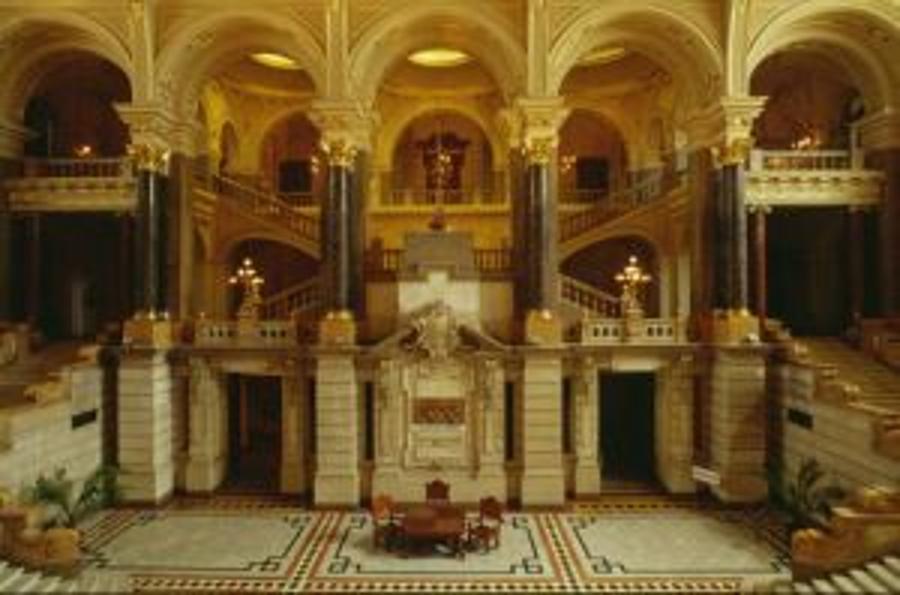2 result(s) for hungarians in Information

MUSEUM OF ETHNOGRAPHY
- community & culture
One of the largest ethnographical museums in Europe. It presents the art, customs, national costumes, and way of life of Hungarians, nationalities in Hungary and other peoples of Europe and outside Europe.
Tue-Sun 10.00-18.00
Tue-Sun 10.00-18.00

Millenary Benedictine Abbey of Pannonhalma
- specials
The first Benedictine monks settled here in 996. They went on to convert the Hungarians, to found the country's first school and, in 1055, to write the first document in Hungarian.
From the time of its founding, this monastic community has promoted culture throughout central Europe. Its 1,000-year history can be seen in the succession of architectural styles of the monastic buildings (the ...
From the time of its founding, this monastic community has promoted culture throughout central Europe. Its 1,000-year history can be seen in the succession of architectural styles of the monastic buildings (the ...
Where: County of Győr-Moson-Sopron

MUSEUM OF ETHNOGRAPHY
- community & culture
One of the largest ethnographical museums in Europe. It presents the art, customs, national costumes, and way of life of Hungarians, nationalities in Hungary and other peoples of Europe and outside Europe.
Tue-Sun 10.00-18.00
Tue-Sun 10.00-18.00

Millenary Benedictine Abbey of Pannonhalma
- specials
The first Benedictine monks settled here in 996. They went on to convert the Hungarians, to found the country's first school and, in 1055, to write the first document in Hungarian.
From the time of its founding, this monastic community has promoted culture throughout central Europe. Its 1,000-year history can be seen in the succession of architectural styles of the monastic buildings (the ...
From the time of its founding, this monastic community has promoted culture throughout central Europe. Its 1,000-year history can be seen in the succession of architectural styles of the monastic buildings (the ...
Where: County of Győr-Moson-Sopron





















